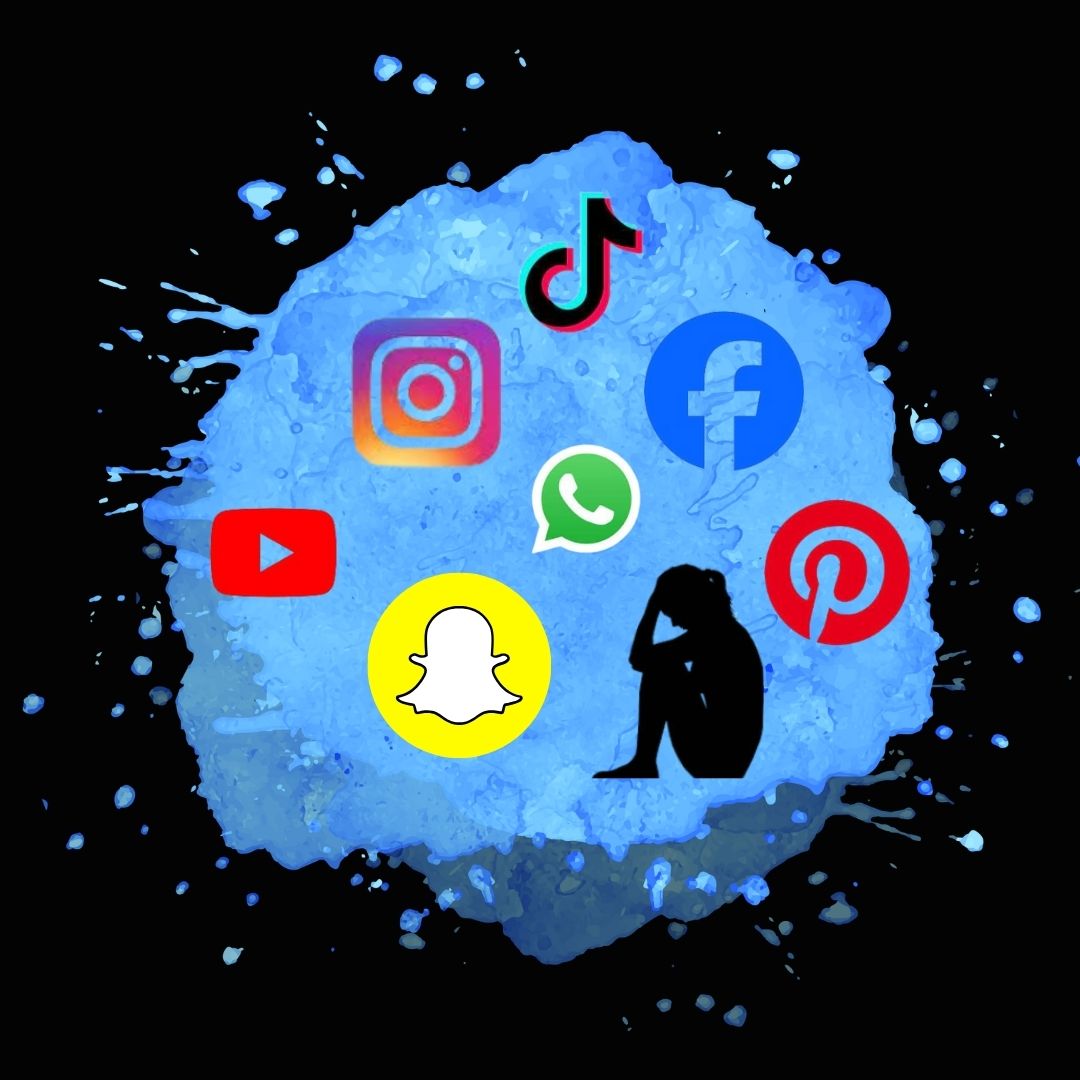It feels like we have all become mentally ill after the pandemic. Mental health awareness is at an all time high as influencers, teenagers, and influential teenagers show no hesitancy to self-diagnose their “abnormalities,” claiming a variety of different illnesses or disorders ranging from ADHD to autism at any given moment. In a time where sensationalism exacerbates every issue it addresses on Instagram, TikTok, and Youtube, there is only one question we are left with: is this newfound awareness really all that beneficial?
Concerningly, mental illness has become somewhat of a trend on social media. Having OCD or depression equivocates with hashtags and short lived trends. Although there are many exceptions to the trend–and obvious positive outcomes for people who are truly in need–some uneducated users creating content on this topic aren’t doing so for the sake of spreading awareness or putting an end to stigma; rather, individuals are creating such clips for the purpose of clout or sensationalism only.
An example of this type of harmful content would be a video like “10 reasons why you might actually have an eating disorder” or “put a finger down ADHD edition” that can pop up on TikTok. Although on the surface such media isn’t inherently harmful, the problem becomes more sinister once we analyze the effects of these clips on young and impressionable viewers.
When a quick video shows a teenager that headaches could be a potential symptom of an anxiety disorder, the individual is likely to look it up and try to self diagnose his or herself. Although an accurate diagnosis could potentially help this student seek help and stop the headaches, chances are the headache stems from another cause.
This is why within the field of mental illness and psychoanalysis, doctors and researchers are moving away from symptom based diagnosis.
“The symptoms of all the mental disorders can be mimicked by medical illness,” said Dr. Allen Frances, former chair of the Department of Psychiatry at Duke University in an article with the “Psychiatric Times.” “Systematically ruling these out is the very first step in every careful…diagnosis—ensuring that these quite common causes of psychiatric distress are not missed via a quick and careless assumption that all symptoms reflect psychological or social causation.”
Mental illness diagnoses are undeniably growing as awareness spreads. According to the Master of Healthcare Administration’s 2023 research on the state of mental health in America, 59.8% of youth with major depression do not receive any mental health treatment. An epidemic of mental illness plagued the youth after the pandemic, however it’s important to note that there are degrees of severity. There is a key difference between an individual with OCD who has trouble submitting imperfect assignments and an individual with OCD who can’t go to school unless they take a seven hour shower.
When users online claim such little trivialities as extreme illnesses, it can be frustrating for those who are more seriously impacted by mental disorders.
It’s counterintuitive for our society to think that awareness can have negative effects on people. It seems almost paradoxical to people that sharing something online with hopes of educating others could actually worsen the situation for the marginalized group of people struggling. However, it seems that this is precisely what is happening.
Mental illness is a delicate issue riddled with stigma and prejudice even despite this newfound and often paralyzing awareness. Hopefully, future generations handle the matter more cautiously for the sake of our youth and all of those grappling with psychiatric afflictions.



